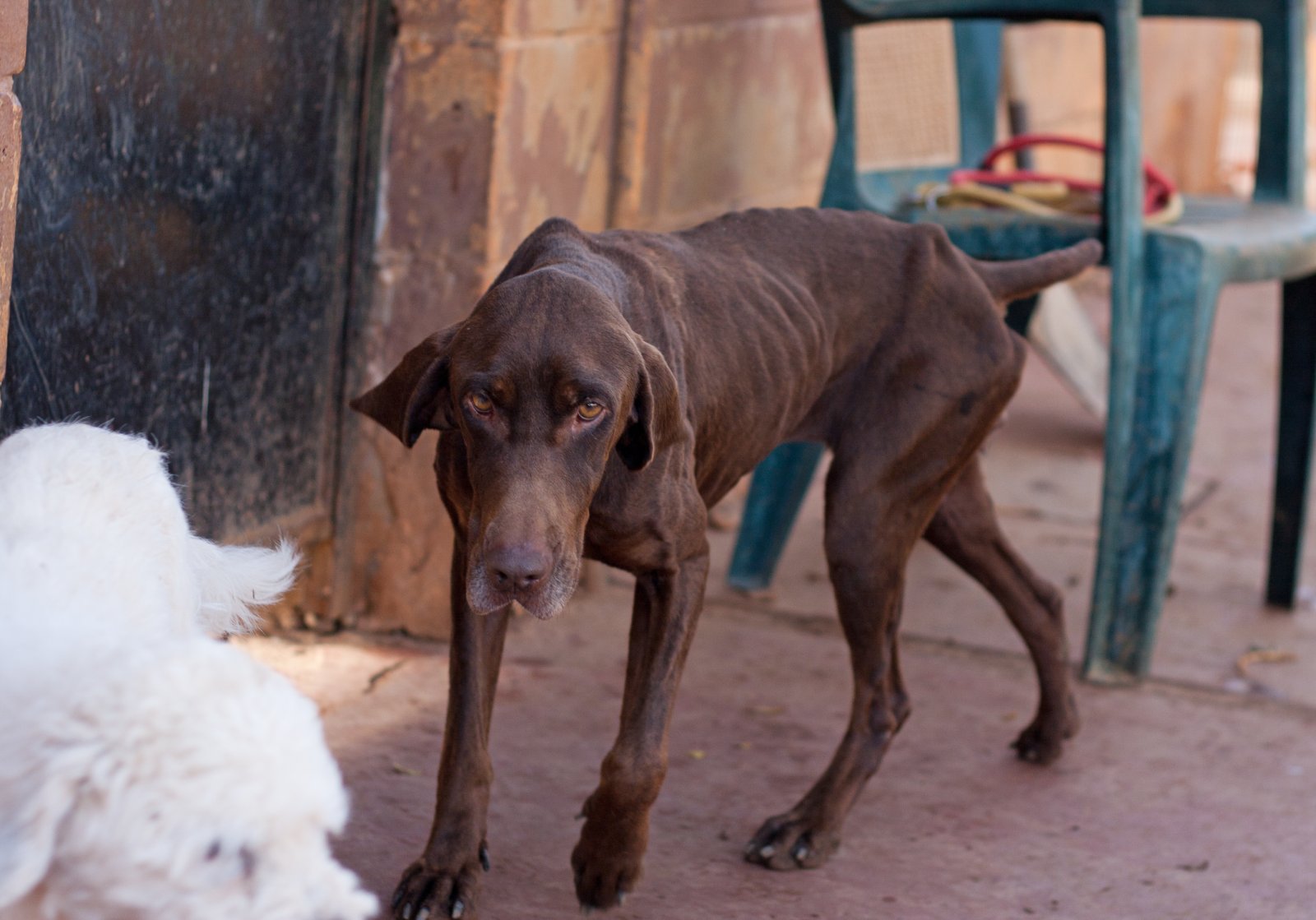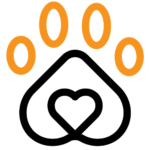When it comes to our canine companions, unusual behaviours can sometimes be amusing, but they can also be warning signs of underlying health issues. Here are 20 odd behaviours that warrant a trip to the vet, to ensure your dog’s health and well-being.
1. Excessive Drinking or Urination

If your dog suddenly starts to drink or urinate much more than usual, it could be a sign of diabetes or kidney disease. This significant change in routine deserves prompt veterinary attention.
2. Dragging Their Rear

This behaviour might be comical or embarrassing, but it often indicates worms or issues with the anal glands. It’s uncomfortable for your dog and should be checked by a vet.
3. Unexplained Aggression

A sudden shift towards aggressive behaviour can be alarming. This could be due to pain, fear, or neurological problems that a professional should evaluate.
4. Head Pressing

If your dog compulsively presses their head against walls or objects, don’t ignore it. This could signify neurological problems, liver disease, or even a brain tumour.
5. Pacing and Restlessness

When a dog is pacing continuously, unable to settle, or seems restless, it might be experiencing pain or discomfort. Heart disease, poisoning, or bloat could be the culprits.
6. Uncoordinated Movement

Difficulty walking or uncoordinated movements can indicate arthritis, inner ear issues, or neurological disorders. Early diagnosis can lead to better management of the condition.
7. Excessive Licking

Constant licking of paws or body could signal allergies or other dermatological issues. Sometimes, it’s also a stress or anxiety response that requires attention.
8. Sudden Weight Loss or Gain

Rapid weight changes without a corresponding change in diet or exercise should be investigated. This could be a symptom of metabolic disorders, hormonal imbalances, or other serious health issues.
9. Changes in Breathing

Difficulty breathing, wheezing, or excessive coughing are not normal and could be signs of heart disease or lung issues. Early veterinary intervention is crucial.
10. Frequent Vomiting or Diarrhoea

While occasional vomiting or diarrhoea can be normal, frequent or severe episodes suggest gastrointestinal issues, infections, or even poisoning.
11. Seizures

Any instance of a seizure in your dog is a serious concern and should be addressed immediately. Seizures can be symptomatic of epilepsy, brain tumours, or other neurological disorders.
12. Cloudy or Red Eyes

Changes in the appearance of your dog’s eyes could indicate infections, glaucoma, or injuries. Prompt treatment can prevent more serious complications.
13. Eating Non-Food Items

If your dog starts to consume non-food items such as stones, dirt, or fabric, it could be suffering from a condition known as pica, which can lead to digestive issues or poisoning.
14. Excessive Whining or Howling

If your dog is making more noise than usual, it might be trying to tell you it’s in pain or distress. This behaviour should not be overlooked.
15. Bad Breath

Bad breath can be more than just an unpleasant smell; it often signifies dental problems or gum disease, which can lead to more severe health issues if left untreated.
16. Significant Shedding or Bald Patches

While some shedding is normal, excessive shedding or bald patches can be a sign of stress, poor nutrition, or skin disease.
17. Changes in Appetite

A sudden disinterest in food or an insatiable appetite can both be indicators of underlying health issues, ranging from stress to serious illness.
18. Hiding or Avoiding Interaction

A dog that suddenly starts to hide or avoid interaction might be feeling ill or in pain. Changes in social behaviour are significant and should be checked by a vet.
19. Constant Scooting

Scooting across the floor frequently can indicate problems with the anal glands or the presence of parasites. It’s uncomfortable and potentially harmful if not treated.
20. Obsessive Compulsive Behaviours

Repetitive behaviours like tail chasing or obsessive chewing can indicate behavioural or neurological issues that might require medical attention.
Don’t Ignore the Signs

Your dog relies on you to interpret their behaviours and ensure their health. If you notice any of these unusual behaviours, don’t hesitate to consult your vet. Early intervention can make a significant difference to your dog’s health and quality of life.
The post 20 Weird Dog Behaviours That You Should Get Checked Out first appeared on PawShore.
Featured Image Credit: Shutterstock / Pete Ferrer Photography.
For transparency, this content was partly developed with AI assistance and carefully curated by an experienced editor to be informative and ensure accuracy.

